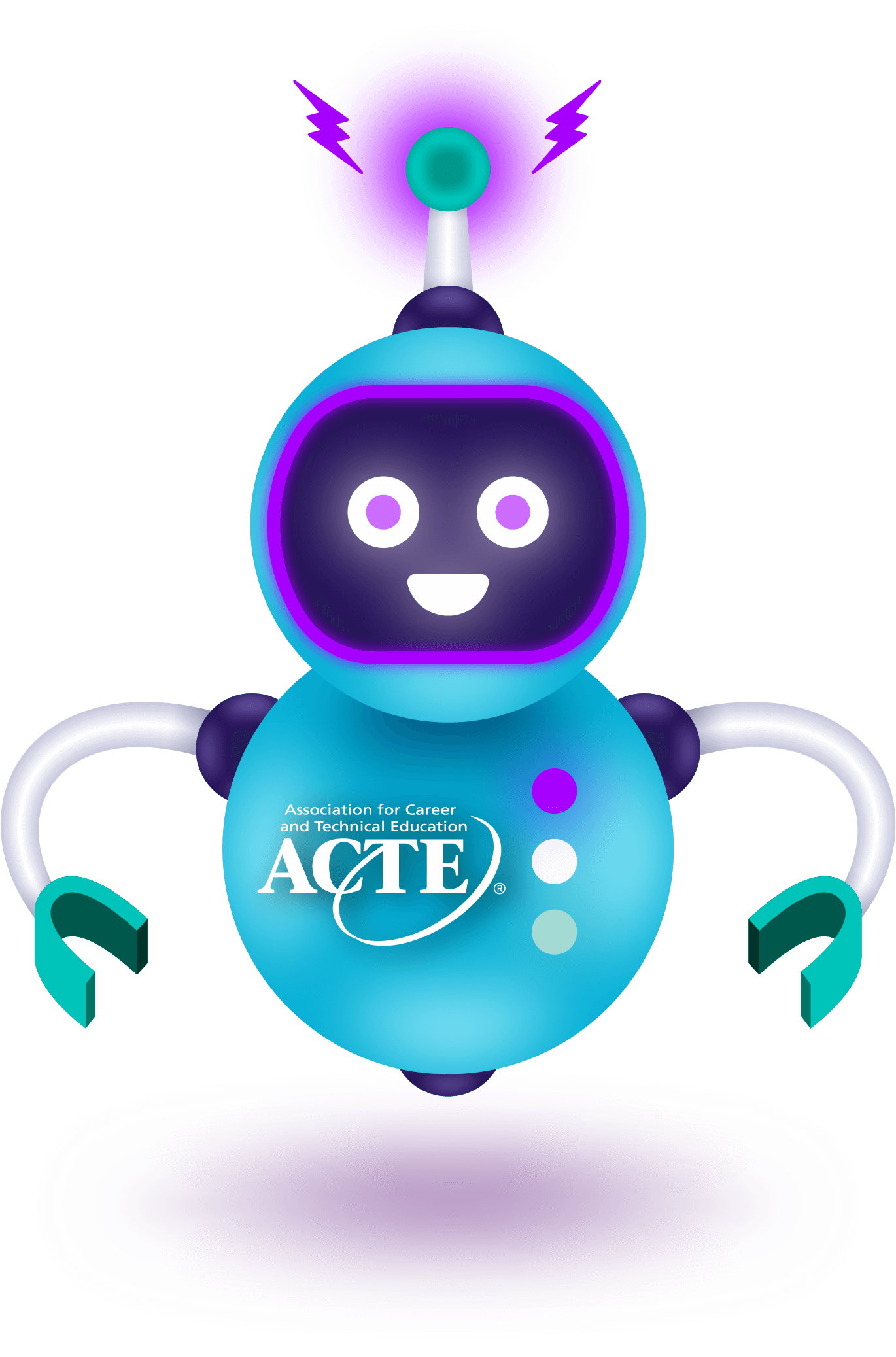The Strada Education Foundation has published a report that highlights key findings from the University of Wisconsin-Madison’s 2023 National Survey of College Internships. In a previous report on student’s internship expectations and experiences, researchers described how, despite 70% of students planning to complete an internship during college, less than half go on to find and complete one and less than a quarter secure a paid opportunity.
The following are major findings about the internship experiences of students attending two-year postsecondary institutions:
- Only 13% of community college learners had participated in an internship during the prior 12 months compared to 41% of four-year institution seniors and 22% of four-year juniors.
- Most two-year learners participated in internships in the social service profession (19%), followed by physical sciences, mathematics, and computer science (18%) and communications, media and public relations (15%).
- 79% of two-year students completed an in-person opportunity and 18% online. The median internship duration was 16 weeks. In comparison, 75% of four-year students completed an in-person internship and 19% online, working a median of 13 weeks.
- Only 46% of two-year students completed high-skill tasks with supervision or autonomous work compared to 65% of four-year learners.
- Skills gains were similar across the board with two-year and four-year students reporting developments in communication, problem-solving, teamwork and leadership.
- 74% of four-year students and 72% of two-year students reported being very or extremely satisfied with their experiences.
- 71% of two-year students reported being provided with written learning goals and activities prior to their internship experiences, compared to 63% of four-year students.
The report also included recommendations and calls to action for educational institutions, employers and researchers to work together to ensure better internship experiences for all learners. Action steps include the following, among others:
- Using internships intentionally to support structured learning plans and objectives for learners.
- Forming employer-university partnerships to design and scale industry-specific learning opportunities for students.
- Increasing documentation to better understand employer perspectives and the value of internships and other work-based learning models.







